Super Subarus in Sicily: Tracing the Targo Florio in the BRZ tS and WRX TR

CEFALÙ, Italy – Winter has arrived in Detroit, and while it's been milder than usual, it's also been gray, wet and bleak. So of course the thought of a quick trip to southern Italy sounded like an ideal little getaway; a chance to check out silky, sinewy roads in the Sicilian sun. Not just any roads, either, as this trip would follow the path of the Targa Florio, an Italian road race held on the island of Sicily from 1906 to 1977, with the longest route involving multiple laps of a 91-mile course with about 2,000 corners. Things didn't go quite the way I expected, but it was still fun, and it turns out that a couple little cars from Japan are perfect for hustling around European mountain roads.
Yes, while Italy may conjure up images of Ferraris and Lamborghinis, I went all the way to Italy to drive Subarus; albeit the sportiest ones currently available, the BRZ tS and the WRX TR. That may seem less glamorous, but compared to most everything else on Sicily’s roads, they’re fairly ritzy rides. Small and affordable are the key themes among Sicilian machines, with the island mainly playing host to herds of Pandas (of the Fiat variety), all in varying states of condition. In the mix are agrarian diesel trucks and tractors (some of which actually are Lamborghinis) and small SUVs such as Suzuki Jimnys and Mitsubishi Pajeros.
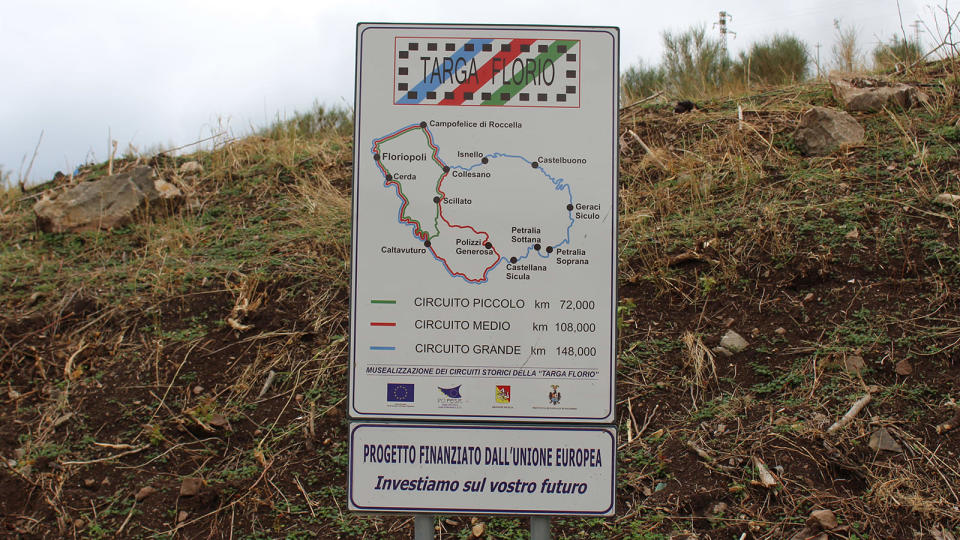
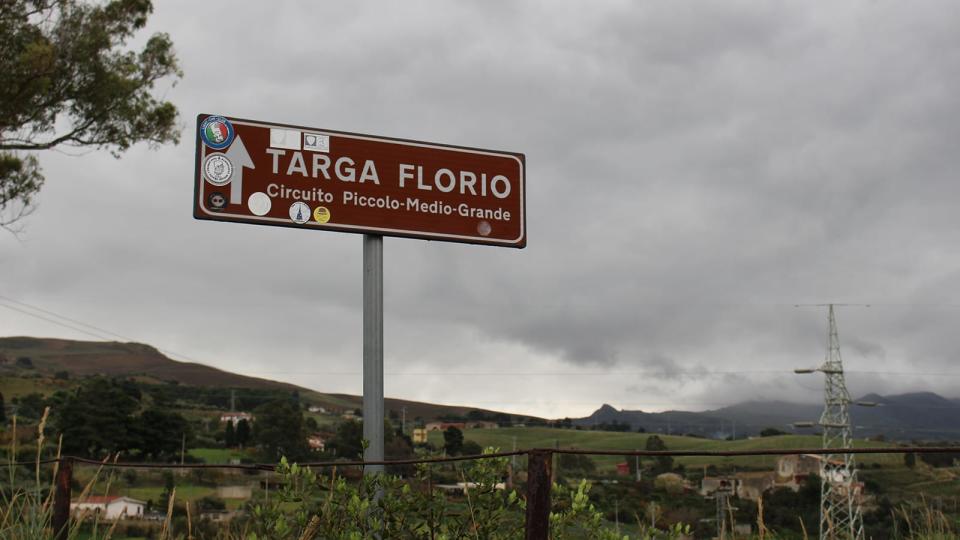
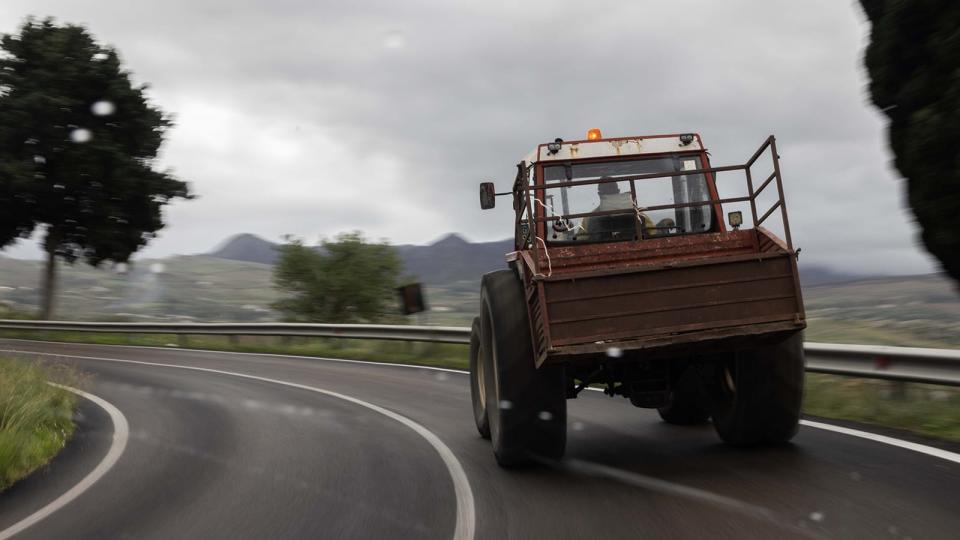
Italy, and particularly Sicily, are of course on the Mediterranean and are always portrayed as bright and sun-drenched, and fairly dry. The vegetation supports that with little outcroppings of cactus along the roads. But we managed to be greeted in mid-December with overcast skies followed by light rain and low cloud cover up in the mountains. It wasn't exactly the picturesque locale celebrated by Francis Ford Coppola, and it made for some less-than-ideal driving conditions.
It was as the rain and wind started coming in that we got our overview of each car, so let's get into that now. The basics of both the BRZ tS and WRX TR are quite similar, as they mainly boil down to brake and suspension upgrades. They differ in the details.
The Subaru BRZ tS stands out with its nifty shocks. They come from Hitachi, and the front units have two different valving systems. The idea is that with slower, more mild compression, it will use the stiffer valving, limiting body roll. But on more abrupt compression, it will use the softer valving, enabling a more compliant ride. This is all done mechanically rather than being controlled by computer or drive modes. Interestingly, the dual-mode shocks are only at the front, while the rear shocks have just a single mode. According to Subaru, the load demands of the rear suspension didn't necessitate the fancy shocks. Also interesting is the fact that the spring rates are the same between the tS and the regular BRZ.
The tS also gets larger, more powerful brakes. The front rotors grow by 1.2 inches, and the rears by 1 inch. They're clamped by Brembo calipers with four pistons up front and two in the rear. Surrounding them are 18-inch wheels with Michelin Pilot Sport 4 summer tires. Visually, there are tS badges outside and blue accents inside.
The WRX TR, which revives the name of a bare-bones "Tuner Ready" trim from more than a decade ago, follows a similar pattern as the BRZ, focusing mainly on the suspension and brakes. It has stiffer springs (by about 5%) along with retuned shocks to match. And the brakes are beefy. Brembo six-piston front calipers and two-piston rear calipers stop cross-drilled rotors that are 1-inch larger up front and 1.4-inches larger at the rear. They reside within unique 19-inch wheels wrapped in Bridgestone Potenza S007 tires. The equipment list is adjusted, too. It loses the sunroof to help offset weight gains elsewhere (such as those huge brakes). But keep in mind, the lightest WRX is still the base model at 3,329 pounds versus the 3,430 pounds of the TR. The TR also picks up the more heavily bolstered Recaro seats that were originally exclusive to the WRX GT. This means that the TR is the only way to get the WRX with those seats and a manual transmission.
We set off on our journey in the BRZ, and immediately, it started showing its inherent adeptness for the environment. The smallness was a huge boon for not only snaking through cramped village streets, but also for avoiding the harrowing Sicilian drivers. Forget turn signals, staying in lanes and following speed limits, the locals do whatever they want, so less vehicle is good. All those little Pandas start making a lot of sense. For similar reasons, the BRZ’s low sills and vast visibility were appreciated, too.
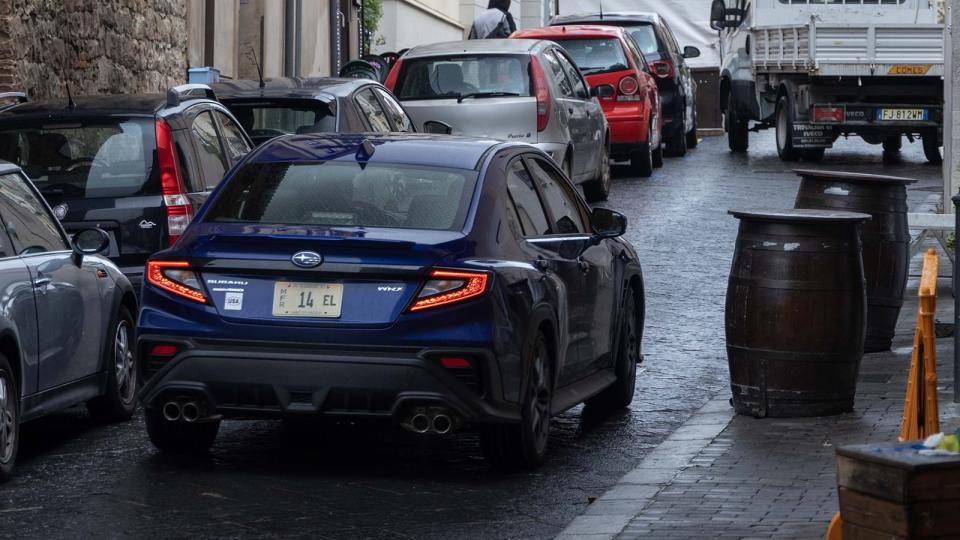
Getting up into the mountains, the small size and mass also made it confidence-inspiring. And the communication and response from the chassis and steering made it a joy. All of your finest and most minute inputs translate immediately through the weighty wheel, and it's all done smoothly. It's almost relaxed, despite connecting corner after corner after corner. Body roll was predictably limited, yet the ride quality proved to be quite compliant, as one of the trip’s other surprises was that the roads along the Targa Florio can be just as wavy and rough as those in southeast Michigan. Sometimes the pavement would disappear entirely for short patches. As for how those fancy shocks compared to the stock BRZ, well, they didn't seem radically different, which is perhaps to be expected when the springs are unchanged. The stock BRZ also has that sweet balance of low roll and decent ride.
Sadly, however, there was no serious pushing of either the BRZ or the WRX on this trip because of the aforementioned rain. There were stereotypical jokes at the start of the trip about avoiding a potential olive oil spill. That obviously didn't happen, but it sure felt like it. The mountain roads are tight, and even without taking speed limits into account, we were never going more than about 50 mph at the most, and often slower. The BRZ isn’t exactly powerful with only 228 horsepower, but even moderate throttle in some of those corners would break the rear end loose. As such, the excellent throttle response and smooth power delivery were very much appreciated, as was the superb pedal placement for managing everything.
The conditions and consequent speeds also made it tricky to really gauge the efficacy of the bigger binders. Certainly, the brakes felt plenty strong with good pedal feel, but we weren't coming anywhere close to really working them. Though admittedly, even in the dry, we might not have gotten close to their limits. Both on the BRZ and the WRX, the brake upgrades probably show the most benefit in track use when limiting fade and providing more at-the-limit stopping power is of greater consequence. On public backroads, the stock equipment is more than adequate.
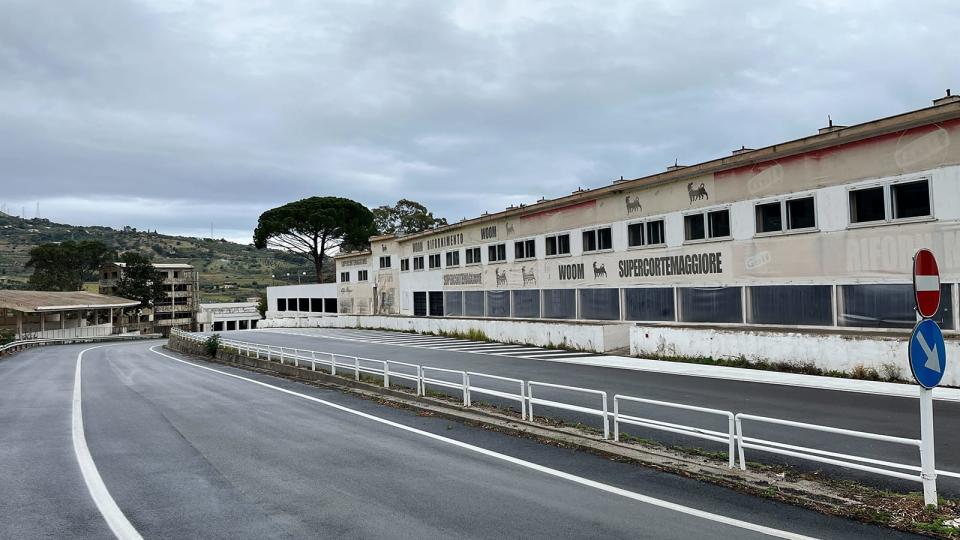

 Yahoo Autos
Yahoo Autos 

